
The first half of 2025 saw a significant adjustment in the global warehouse market. While logistics hubs such as London, Sydney and Dubai continued to record high operating costs and a slowing trend in rental growth, some markets in Asia- Pacific such as Vietnam maintained a more stable and positive growth pace than expected.
A global report from Savills (a real estate group, listed on the London Stock Exchange) shows that prime warehouse rents globally increased by just 1.1% in the first six months of the year - the lowest level in the past three years. Previously, the period 2020-2022 recorded a sharp increase due to the boom in e-commerce during the pandemic.
However, economic pressures and geopolitical tensions have slowed the pace of growth, reflecting a combination of strong new supply and cautious occupier sentiment as operating costs, interest rates and global uncertainties weigh on the supply chain.
In that somewhat stagnant picture, the Vietnamese market stands out with its balance between supply and demand, reasonable prices and long-term investment trends from both domestic and international tenants.

Specifically, in Vietnam, first-class warehouse rental prices have not increased dramatically as in some post-Covid-19 markets, thanks to the continuous supply addition and the characteristics of the tenant group that always carefully considers costs. Global report statistics from Savills show that, in In Ho Chi Minh City, the rental price of high-end warehouses is about 5.3 USD/m2/month, while in Hanoi it is 5.5 USD/m2/month.
Not only in terms of supply, land and construction costs in Vietnam are still significantly lower than in mature logistics markets in the region such as Japan, South Korea or Singapore. In addition, the Government's policies to encourage investment in infrastructure and logistics have contributed significantly to keeping operating costs at a reasonable level, while creating a favorable ecosystem for production and distribution activities.
Furthermore, Vietnam's strategic geographical location, large market access and political stability have made it an important part of the supply chain restructuring strategies of many international businesses.
Vietnam itself is improving rapidly in terms of logistics infrastructure. From the expansion of the North-South Expressway, upgrading ports such as Cai Mep-Thi Vai or Hai Phong, to the development of aviation logistics centers such as Long Thanh and Noi Bai, key links in the logistics chain are being comprehensively strengthened.

Not only do market indicators show stability, tenant behavior is also clearly shifting. In Vietnam, many international logistics companies, especially e-commerce platforms and global suppliers, are looking for private-operated or Build-to-Suit warehouse models.
Locations near residential areas, seaports or major transport hubs are currently attracting great interest from international investors. This is not only a strategic move to optimize logistics costs, but also helps businesses be more flexible in the face of market fluctuations.
To maintain its competitive edge and move up the regional supply chain, Vietnam will need to focus on key priorities: enhancing multimodal integration (railways-seaports-airports-highways), modernizing customs procedures and logistics licensing, developing a comprehensive digital platform for the logistics industry, while promoting green logistics and training human resources specialized in technology and automation.
With a combination of natural advantages and the right development strategy, Vietnam is transforming from a “reasonable rent” market into an integrated, sustainable and potential logistics hub in the region.
Source: https://baoquangninh.vn/viet-nam-noi-len-nhu-mot-diem-den-on-dinh-giau-tiem-nang-3372082.html




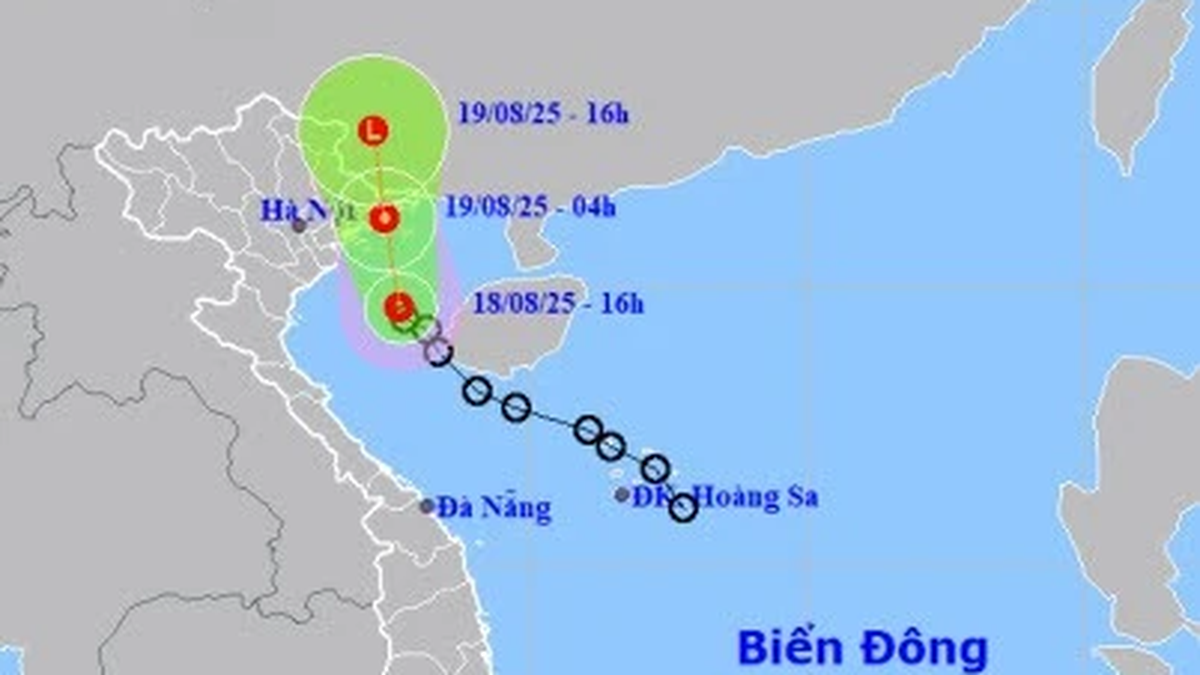

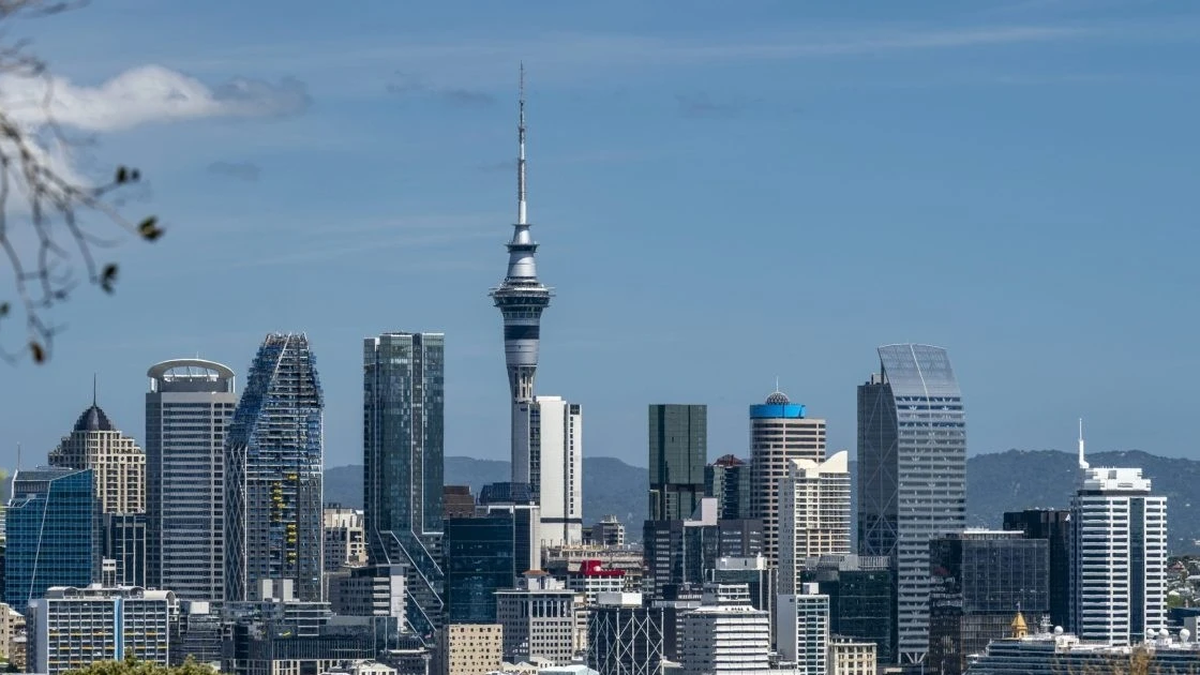

















![[Photo] Prime Minister Pham Minh Chinh attends the opening ceremony of the National Data Center](https://vphoto.vietnam.vn/thumb/1200x675/vietnam/resource/IMAGE/2025/8/18/b5724a9c982b429790fdbd2438a0db44)


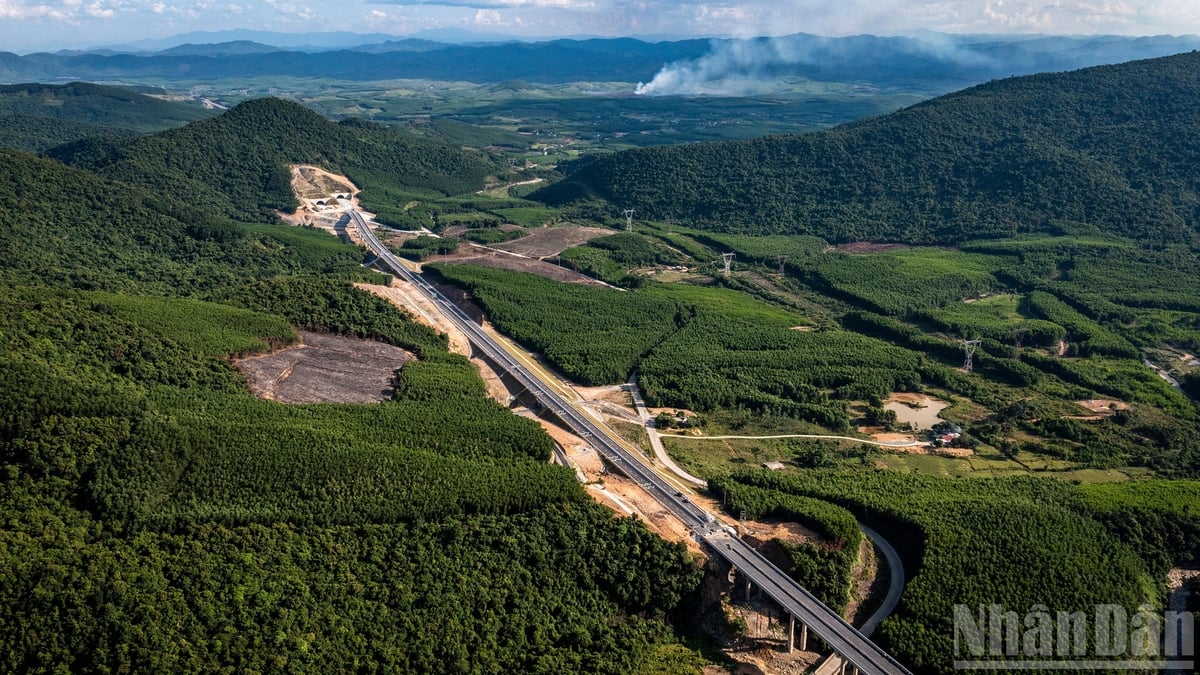


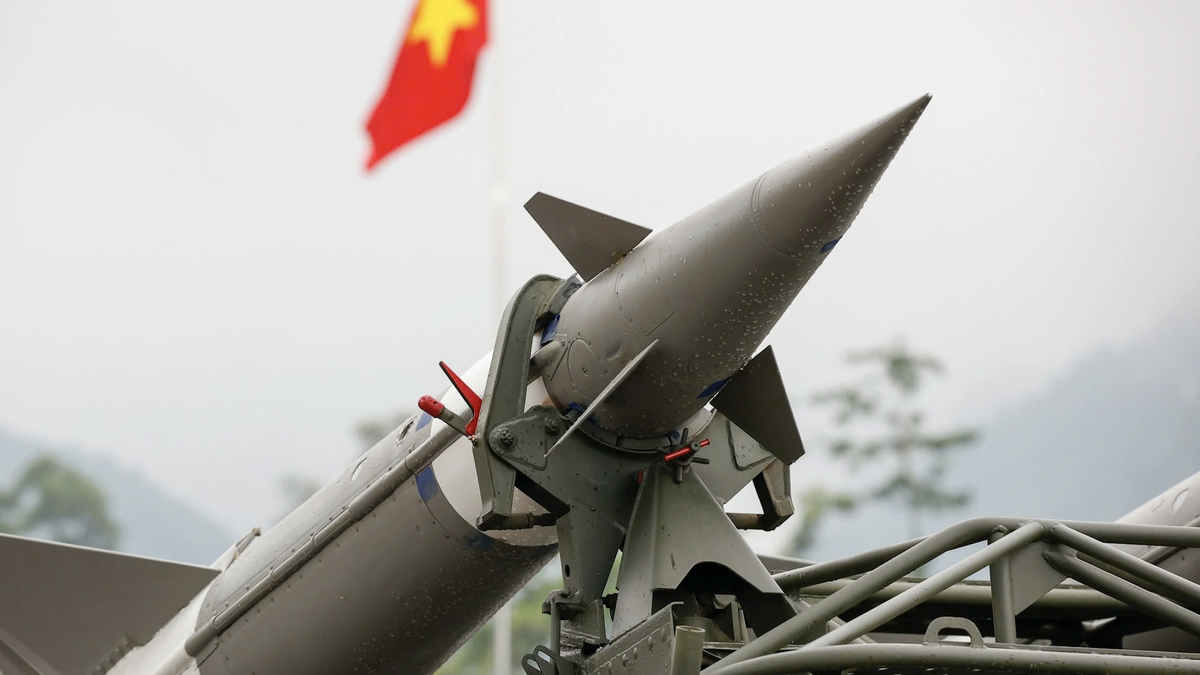











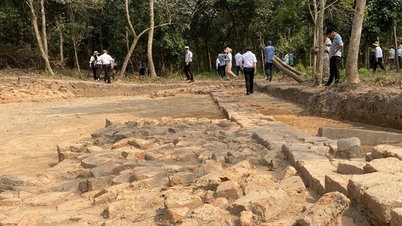

















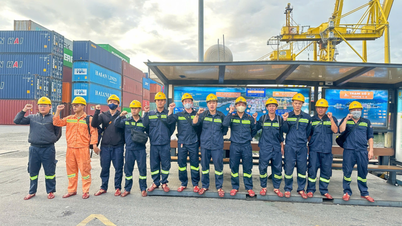
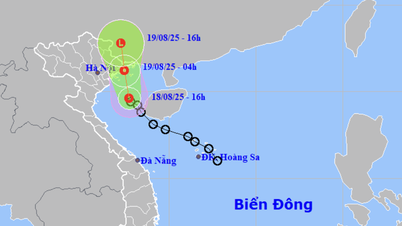

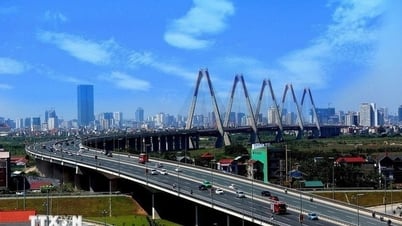



































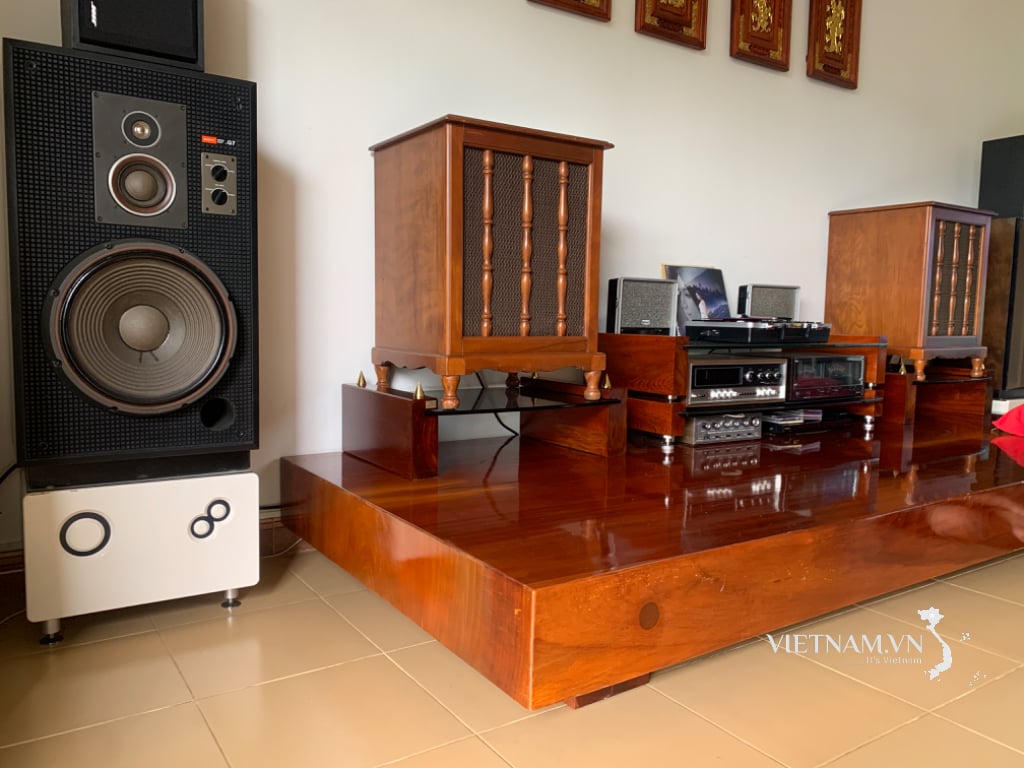

Comment (0)